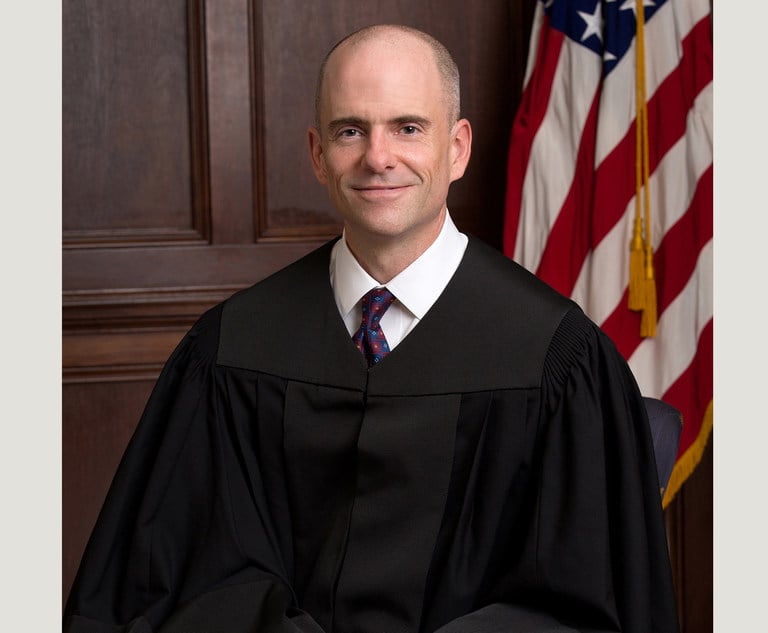Appellate counsel often need to consider the effect of new trial orders on issue preservation, especially during retrials. Once a new trial is granted, whether by an appellate or trial court, “the necessary effect … is to set aside the prior judgment and leave the case … precisely in the same condition as if no previous trial had been held.” See Commonwealth v. Hart, 387 A.2d 845, 847 (Pa. 1978). Or, in other words, “an order for a new trial wipes the slate clean.” See Commonwealth v. Sattazahn, 763 A.2d 359, 369 (Pa. 2000), aff’d, 537 U.S. 101 (2003).
But is this maxim true in all circumstances? A new trial (whether by motion, necessitated by a mistrial, or ordered on appeal) certainly defeats law of the case. The slate-wiping function of a new trial means that the law-of-the-case doctrine is “misplaced.” See Commonwealth v. Paddy, 800 A.2d 294, 311 (Pa. 2002). “A previous court’s ruling on the admissibility of evidence generally does not bind a new court upon retrial” so it was “not evident that the doctrine applies in the present procedural context.”


 James M Beck, with Reed Smith. Courtesy photo
James M Beck, with Reed Smith. Courtesy photo




